Sunday Apr 20, 2025
Sunday Apr 20, 2025
Saturday, 15 August 2020 09:07 - - {{hitsCtrl.values.hits}}
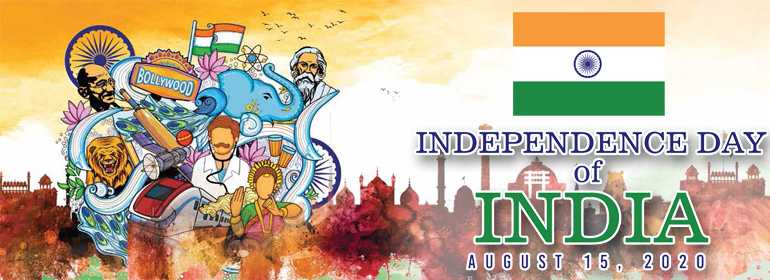
In 2019, India became the world’s fifth largest economy. Fueled by factors such as urbanization and rapid technological advance, India’s rise has been dramatic inthe past 25 years. Since 1995, India’s nominal GDP has jumped more than 700%.
Poised to become the third largest economy by 2030, India has laid down an economic roadmap featuring investment, funds and exports in order to maintain rapid economic growth while dealing with the challenges presented by the COVID-19 pandemic.
In May 2020, India announced a stimulus package of USD 260 billion – among the largest economic stimulus package in the world. The package which is about 10 percent of India’s GDP caters to various sections including cottage industry, MSMEs,
labourers, middle class, industries, among others. Prime Minister Shri Narendra Modi gave a clarion call for AatmaNirbhar Bharat or Self-Reliant India Movement. The vision of Aatmanirbhar Bharat_will stand on five pillars: Economy, infrastructure, our system, demography and demand.
The_Movement_ is aimed at not only mitigating the socioeconomic impact of the pandemic in the short-term, but also instilling confidence in businesses and industries; making manufacturing globally competitive; integrating agriculture and small farmers with global food supply chains; and embracing both investment and technology.
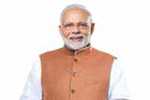 “When India speaks of becoming self-reliant,it doesn’t advocate a self-centred system.
“When India speaks of becoming self-reliant,it doesn’t advocate a self-centred system.
In India’s self-reliance; there is a concern for the whole world’s happiness, cooperation and peace”
Agriculture
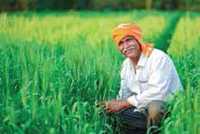 Bumper Harvest in 2020 driving the rural economy and Demand.
Bumper Harvest in 2020 driving the rural economy and Demand.
USD 10 billion of direct procurement from farmers by the Government during lockdown.
Direct Support to Farmers & Rural Economy -USD 16 billion credit refinance support to 30 million farmers.
USD 13 billion Financing facility for funding Agriculture Infrastructure Projects at farm-gate & aggregation points.
Barrier Free inter-state Trade and E-Trading.
USD 2.5 billion for integrated, sustainable and inclusive development of Fisheries Sector.
Industry
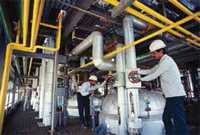 Fast track Investment Clearance.
Fast track Investment Clearance.
3376 industrial parks/estates/SEZs in 5 lakh hectares.
India’s position in World Bank’s Ease of Doing Business Report improved from 142 in 2014 to 63 in 2019.
Private sector participation in eight areas, including coal, minerals, defence production, civil aviation, power distribution, social infrastructure, space and atomic energy.
The government is opening previously restricted sectors to greater private participation. Enhancing Self Reliance in Defence Production- FDI limit in the defence manufacturing under automatic route raised from 49% to 74%.
Space
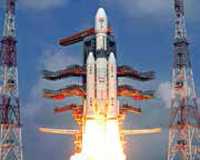 India’s first manned space mission Gaganyaan_will be launched in 2020.
India’s first manned space mission Gaganyaan_will be launched in 2020.
USD 1.5 billion has been dedicated for this Mission and 4 astronaut-elects are currently undergoing training.
Meanwhile, Indian private sector will now be a co-traveller in India’s space sector journey.
Private sector will be allowed to use ISRO facilities and other relevant assets to improve their capacities.
Future projects for planetary exploration, outer space travel to be open for private sector.
Liberal geo-spatial data policy for providing remote-sensing data to tech- entrepreneurs.
Renewable Energy
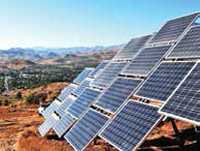 On July 10, Prime Minister Shri Narendra Modi dedicated the Rewa solar power project, Asia’s largest solar power project, to the nation. India is among the top 5 nations in the world in terms of solar energy.
On July 10, Prime Minister Shri Narendra Modi dedicated the Rewa solar power project, Asia’s largest solar power project, to the nation. India is among the top 5 nations in the world in terms of solar energy.
India has set itself the target of installing 175 gigawatts (GW) of renewable capacity by the year 2022 and 450 GW by 2030.
In 2015, India initiated the_International Solar Alliance_(ISA) to work for efficient exploitation of_solarenergy_to reduce dependence on_fossil fuels. 86 countries including Sri Lanka have signed the ISA Framework Agreement. Currently, India and Sri Lanka are working on a USD 100 million Line of Credit for the development of Solar Energy in Sri Lanka.
Fight against COVID
 Testing – Contact Tracing – Containment
Testing – Contact Tracing – Containment
Over 600,000 tests conducted every day – 1300 testing labs around the country An indigenous app in 11 languages for digital contact tracing – Aarogya Setu._ India has more than 11,000 dedicated COVID facilities with over 1 million isolation beds
From not having a single PPE kit manufacturing unit six months ago, India is now the second largest PPE kit manufacturer in the world producing 500,000 kits daily
Annual production capacity for ventilators has reached 300,000
Repatriation of nearly 1 million Indians from overseas Under Vande Bharat Mission
Vaccine
 India has pledged USD 15-million as contribution to Gavi, the Vaccine Alliance.
India has pledged USD 15-million as contribution to Gavi, the Vaccine Alliance.
India-based ZydusCadila has launched Phase II clinical trials of locally produced ZyCoV-D vaccine.
World’s largest vaccine producer Serum Institute of India (SII) has entered into a partnership with international vaccine alliance Gavi and Bill & Melinda Gates Foundation to accelerate manufacturing and delivery of up to 100 million doses of Covid-19 vaccines to India and the world

In the fight against COVID19, India has provided medicines to over 120 countries including Sri Lanka.
Sri Lanka
A SAARC covid fund was set up in March 2020 for dealing with the pandemic at a regional level wherein India and Sri Lanka are the largest contributors Health and Trade Professionals from the region have been interacting online to share and exchange information, knowledge, expertise and best practices for jointly combating the coronavirus epidemic.
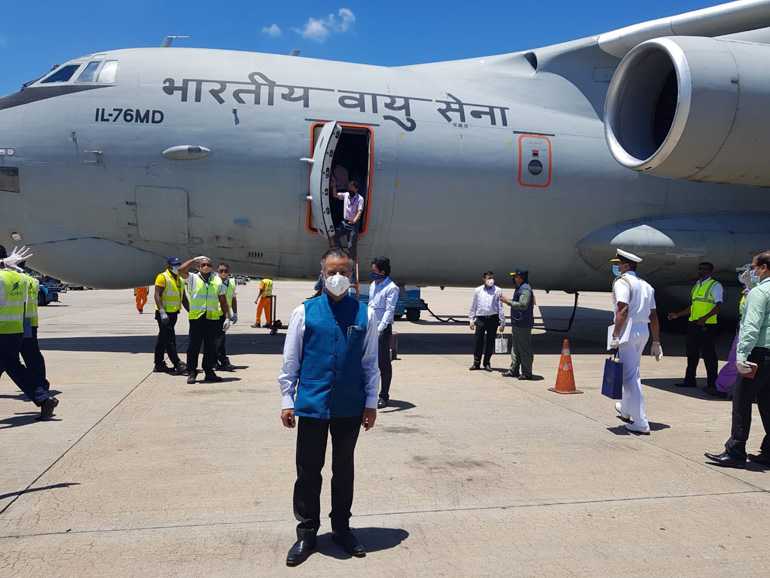
High Commissioner of India H.E. Gopal Baglay arrives in Sri Lanka with the fourth gift consignment of medicines, May 2020
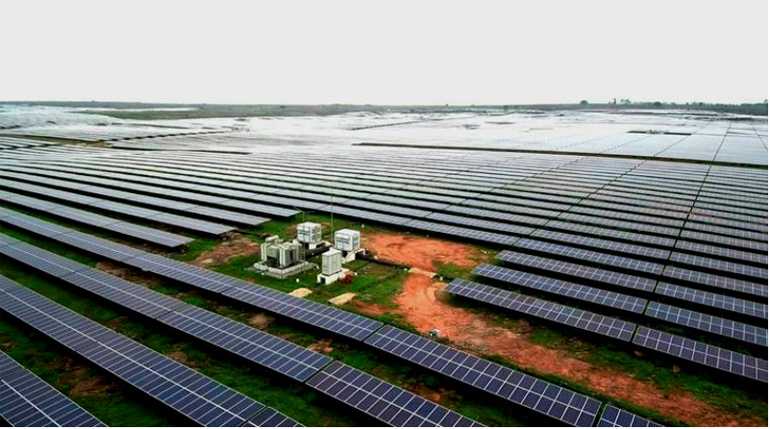
Rewa Solar Power Project, Madhya Pradesh, India
